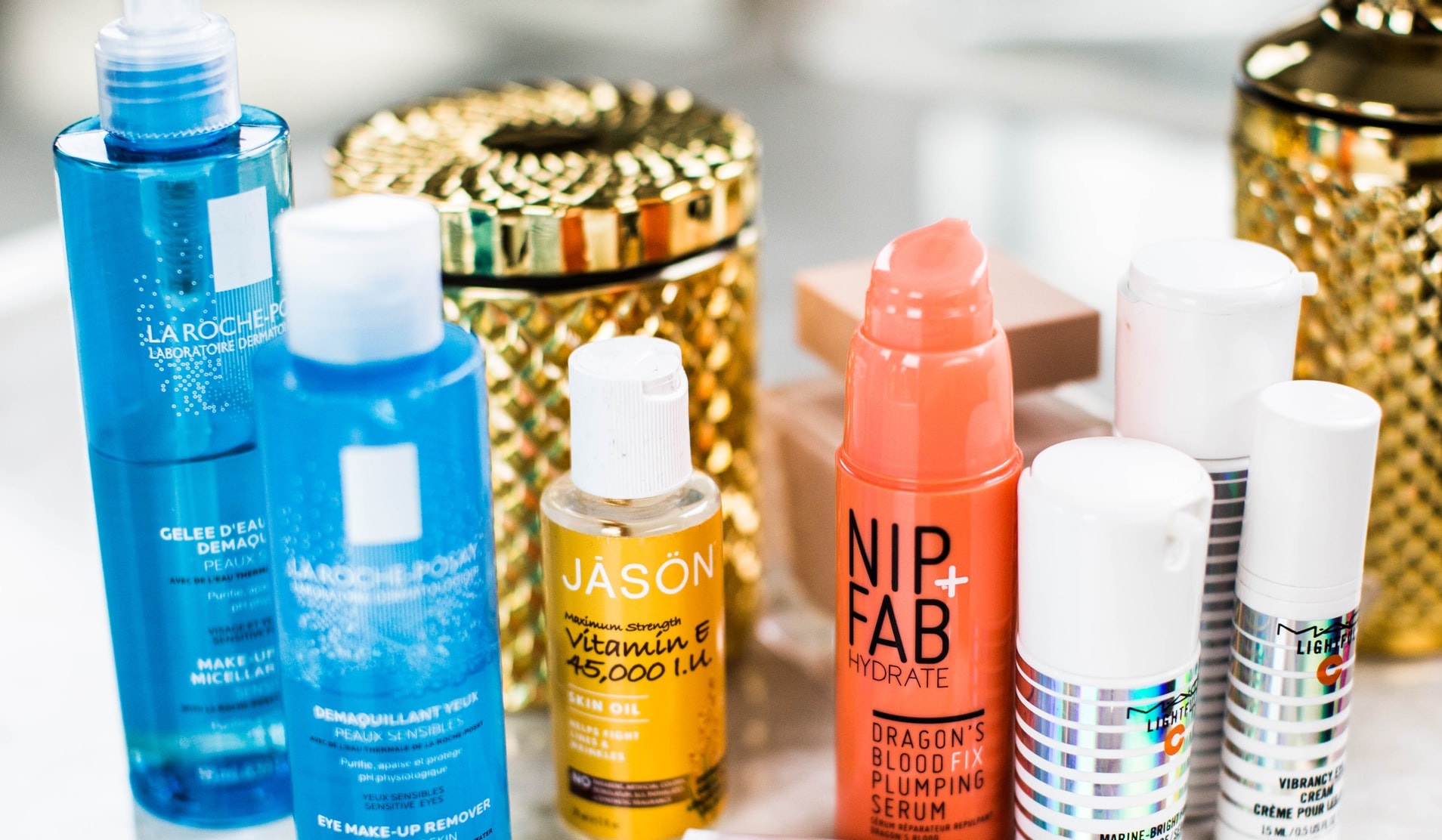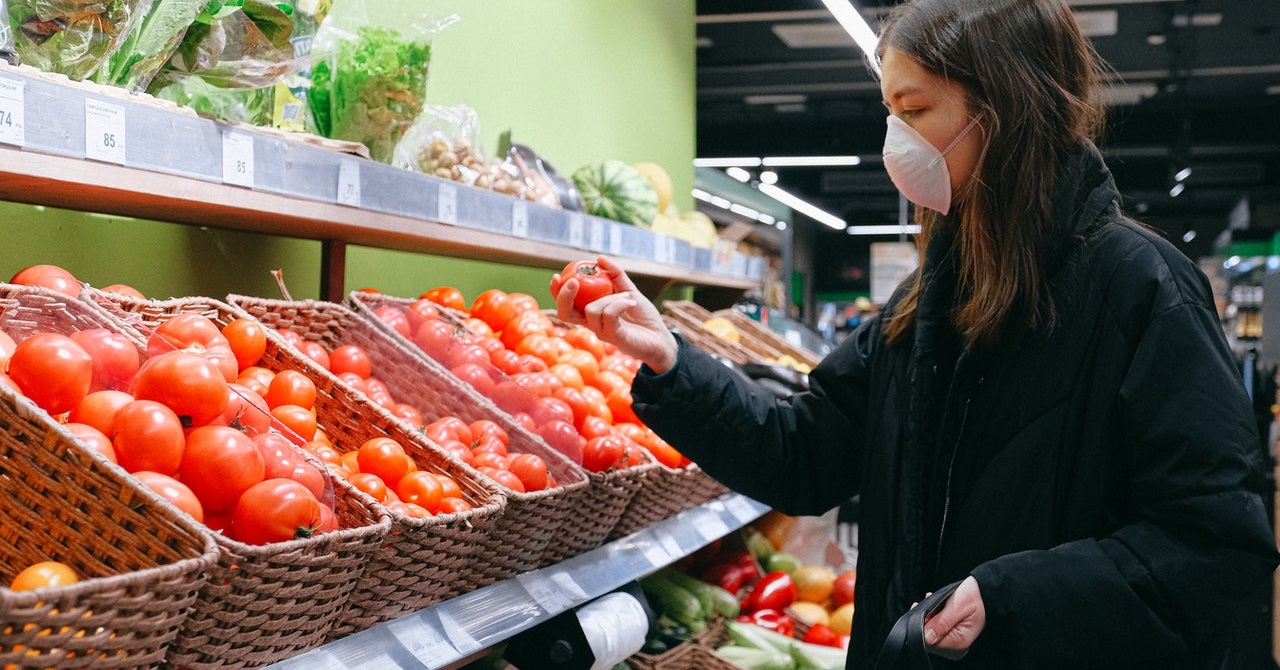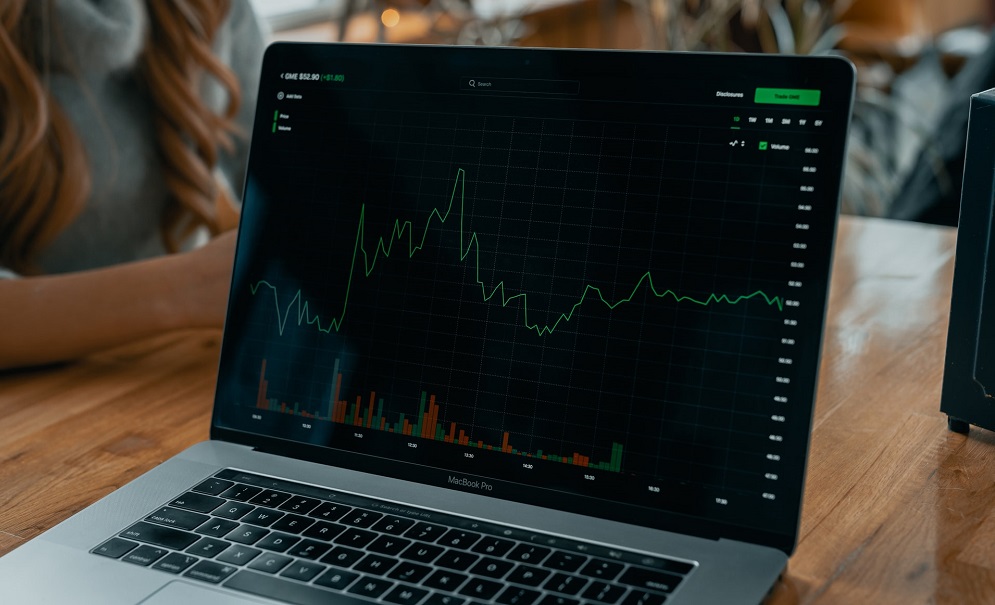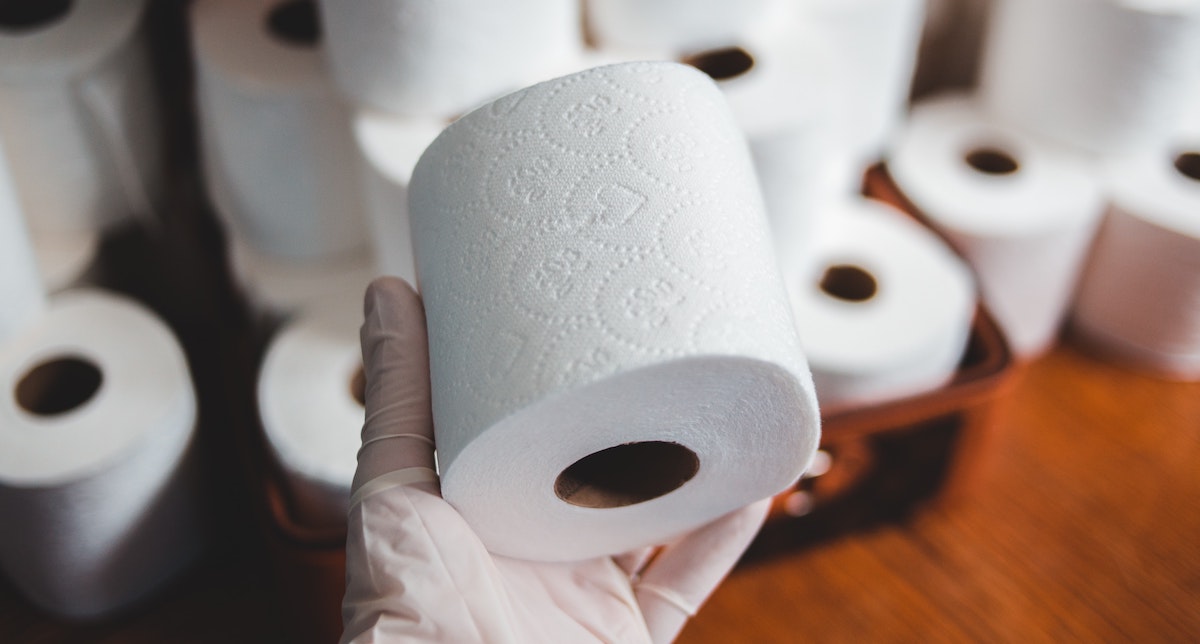One of the largest salad chains, Sweetgreen, recently filed for an IPO, which would make it an early player among major salad chains to go public. Sweetgreen’s emphasis on healthy, sustainable food as well as a seamless digital experience has resulted in significant growth over the past several years. With a Sweetgreen IPO on the horizon, consumer transaction data reveals how the company’s sales soared prior to the pandemic and how much of that growth has been driven by the online channel.
For some seasonal industries, the COVID-19 pandemic has spurred increased demand outside of the typical busy season. This is particularly true for the direct-to-consumer (DTC) flower industry—including flower subscription box companies—which experienced strong sales growth throughout 2020 and early 2021. Consumer transaction data reveals that sales for DTC flower companies were collectively 28 percent higher in 2020 than in 2019, and 2021 year-to-date sales as of May are 10 percent higher than the same time frame in 2020.
Due to the COVID-19 pandemic, the federal income tax deadline for individuals was extended for the past two years, to July 15 in 2020 and May 17 in 2021. Consumer transaction data reveals that, consequently, sales for the tax prep industry were more spread out in 2020 and 2021 compared to previous years, resulting in smaller-than-usual sales spikes the week of and week before Tax Day. However, TurboTax continues to lead the tax prep industry and has steadily gained market share from its competitors over the past three tax seasons.
When many Americans sheltered in their homes early in the coronavirus pandemic, meal delivery sales reached new heights. Our data reveals that in May 2021, sales for meal delivery services grew 17 percent year-over-year, collectively. Shelter-in-place orders may also be driving more Americans to make their first meal delivery purchase. In May 2021, 48 percent of U.S. consumers had ever ordered from one of the services in our analysis, up from 41 percent a year ago.
Transaction data reveals that travel-related sectors are recovering. As such, hotel sales spiked in April 2021 as increasing vaccination rates and warmer weather have more U.S. consumers planning vacations. The travel accommodations industry is reaping the benefits of the growing demand for travel, with Airbnb leading the pack. The hotel industry saw sales fall 77 percent year-over-year in April 2020, while Airbnb saw year-over-year sales decline 61 percent that same month.
Increasing vaccination rates and loosening policies in regards to large gatherings and mask-wearing have re-ignited consumers’ interest in beauty products. One of the main beneficiaries of this phenomenon is Ulta Beauty, whose Q1 2021 earnings outperformed investors’ expectations. Consumer transaction data reveals that Ulta’s 2021 sales are surpassing historical performance, with sales in March and April 2021 exceeding same-month sales from the previous three years.
When U.S. cities and states faced shelter-in-place orders to limit the spread of the coronavirus, Americans’ reduced mobility resulted in plummeting sales at rideshare companies. With the exception of a late 2020 dip, sales have been gradually recovering since April 2020. Uber sales were up 380 percent year-over-year and Lyft sales were up 359 percent year-over-year as of April 2021.
Consumer spending data reveals that home furniture sales have grown during the pandemic. While traditional furniture retailers have experienced modest sales growth since summer 2020, DTC furniture companies are experiencing greater growth and capturing an increasing percentage of market share. This is likely due to both the closure of brick and mortar stores and homeownership being on the rise.
U.S. consumer spending has been altered by the coronavirus pandemic. Our data reveals that consumers are changing the way they pay for goods and services, with some industries seeing spending shift toward online purchases. Additionally, the pandemic has changed the types of purchases consumers are making, with stimulus recipients increasing their spending on big-ticket items.
Fitness centers and gyms in many states are reopening as vaccination rates continue to increase. However, while gym facilities were closed early in the pandemic, many people turned to home fitness companies for workout equipment. Sales growth skyrocketed for home fitness brands over the past year, and one emerging player in the industry, Mirror, was recently acquired by Lululemon.
When many Americans sheltered in their homes early in the coronavirus pandemic, meal delivery sales reached new heights. Our data reveals that in April 2021, sales for meal delivery services grew 36 percent year-over-year, collectively. Shelter-in-place orders may also be driving more Americans to make their first meal delivery purchase.
As the U.S. economy reopens, consumer spending has increased in travel-related sectors. Transaction data shows sales for air travel, hotels, and travel arrangement services have increased since plummeting in March 2020, and rose dramatically in March 2021, while the cruise industry’s recovery remains sluggish.
As environmentally-conscious consumers turn away from fast fashion and seek more sustainable alternatives, resale marketplaces have been on the rise. Furthermore, traditional retailers have started implementing new resale initiatives; Lululemon recently announced a resale program for pre-owned activewear, and Neiman Marcus launched a platform for its stylists to sell clients’ unwanted handbags and accessories.
Retail trading has been booming during the pandemic, sending trading volumes to record highs as everyday investors joined in on the historic rally in equities. Momentum has been growing for several years, as the barriers to entry have fallen. App-based brokerages such as Robinhood and Webull have grown in popularity and made investing more accessible through commission-free trades and user-friendly interfaces. Transaction data reveals how trading deposits have grown in the COVID-19 era, as well as how app-based brokerages have performed compared to more established industry competitors.
Shortly before shelter-in-place orders went into effect in March 2020, many retailers experienced the mad dash of customers stockpiling toilet paper. As supply ran out in brick-and-mortar stores, some consumers turned to DTC companies—such as Who Gives a Crap and Tushy—that offer bathroom products. Who Gives a Crap sells bamboo and recycled toilet paper as well as tissues, while Tushy sells bidets, bamboo toilet paper, and other bathroom accessories. Both of these DTC toilet paper companies saw strong growth in March and April of 2020. New consumer spending data reveals how Tushy and Who Gives A Crap have fared in the year since the initial panic-buying phenomenon.
Consumer transaction data reveals that theme parks across the U. S. have been on the road to recovery, with both ticket sales and customer counts on the rise, after having been hit hard by shelter-in-place orders in March 2020. The industry witnessed a 55 percent decline in sales year-over-year in March 2020, and has since bounced back with 92 percent year-over-year sales growth in March 2021. Theme parks saw observed customers fall by a lesser magnitude year-over-year between April to September of 2020. The monthly average year-over-year growth in observed customers stood at -69 percent compared to -77 percent for observed sales, a trend that was perhaps due to parks looking to alternative ways of maintaining customer traffic, like Disney World’s NBA bubble.
U.S. consumer spending has been altered by the coronavirus pandemic. Our data reveals that consumers are changing the way they pay for goods and services, with some industries seeing spending shift toward online purchases. Additionally, the pandemic has changed the types of purchases consumers are making, with stimulus recipients increasing their spending on big-ticket items. By analyzing industry-level data, consumer spending trends can provide insight into which sectors of the economy are recovering fastest. Overall, consumer spending in March 2021 versus the same month in 2020 is up 27 percent across all sectors, an aggregation of over 5,200 major U.S. companies. Compared to February, March’s year-over-year growth is 14 percentage points higher.
When U.S. cities and states faced shelter-in-place orders to limit the spread of the coronavirus, Americans’ reduced mobility resulted in plummeting sales at rideshare companies. With the exception of a late 2020 dip, sales have been gradually recovering since April 2020. However, Uber sales were still down 21 percent year-over-year and Lyft sales were down 19 percent year-over-year as of March 2021.
When many Americans sheltered in their homes early in the coronavirus pandemic, meal delivery sales reached new heights. Our data reveals that in March 2021, sales for meal delivery services grew 116 percent year-over-year, collectively. Shelter-in-place orders may also be driving more Americans to make their first meal delivery purchase. In March 2021, 47 percent of U.S. consumers had ever ordered from one of the services in our analysis, up from 38 percent a year ago.
While consumers have often looked to on-the-go breakfast options, breakfast at home has been making a comeback during COVID-19. But it’s not just cereal and pancakes that are now in demand. Similar to the trend of surging meal kit sales, consumers have been flocking to smoothie subscription boxes. Consumer spending data reveals how sales for smoothie kits have skyrocketed throughout the pandemic, as well as which smoothie box companies are leading the pack in terms of market share growth and customer retention. Since January 2019, the market size for smoothie subscription boxes has tripled. Sales accelerated the most in the early months of the pandemic, and monthly year-over-year sales growth in 2020 averaged 97 percent.






















